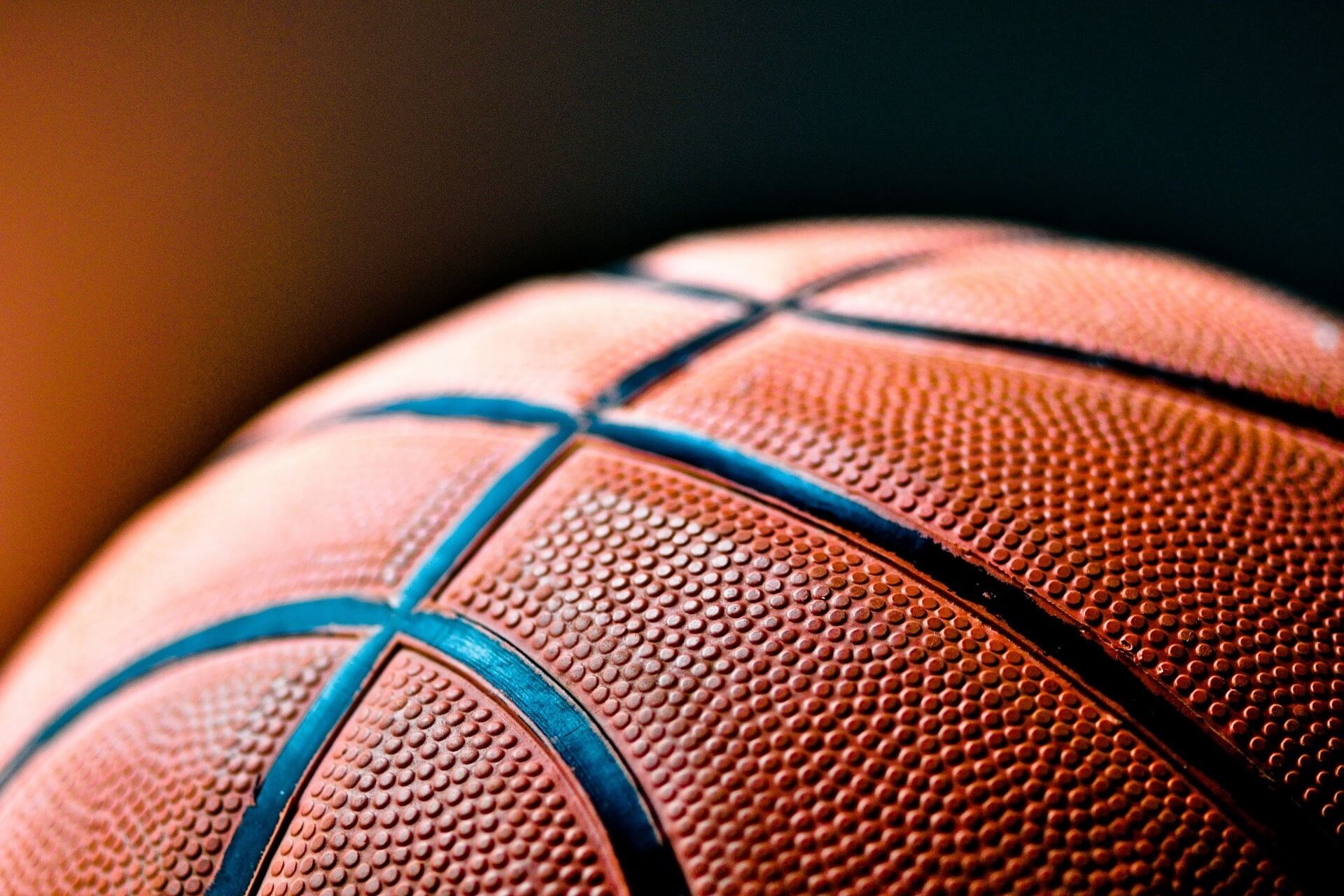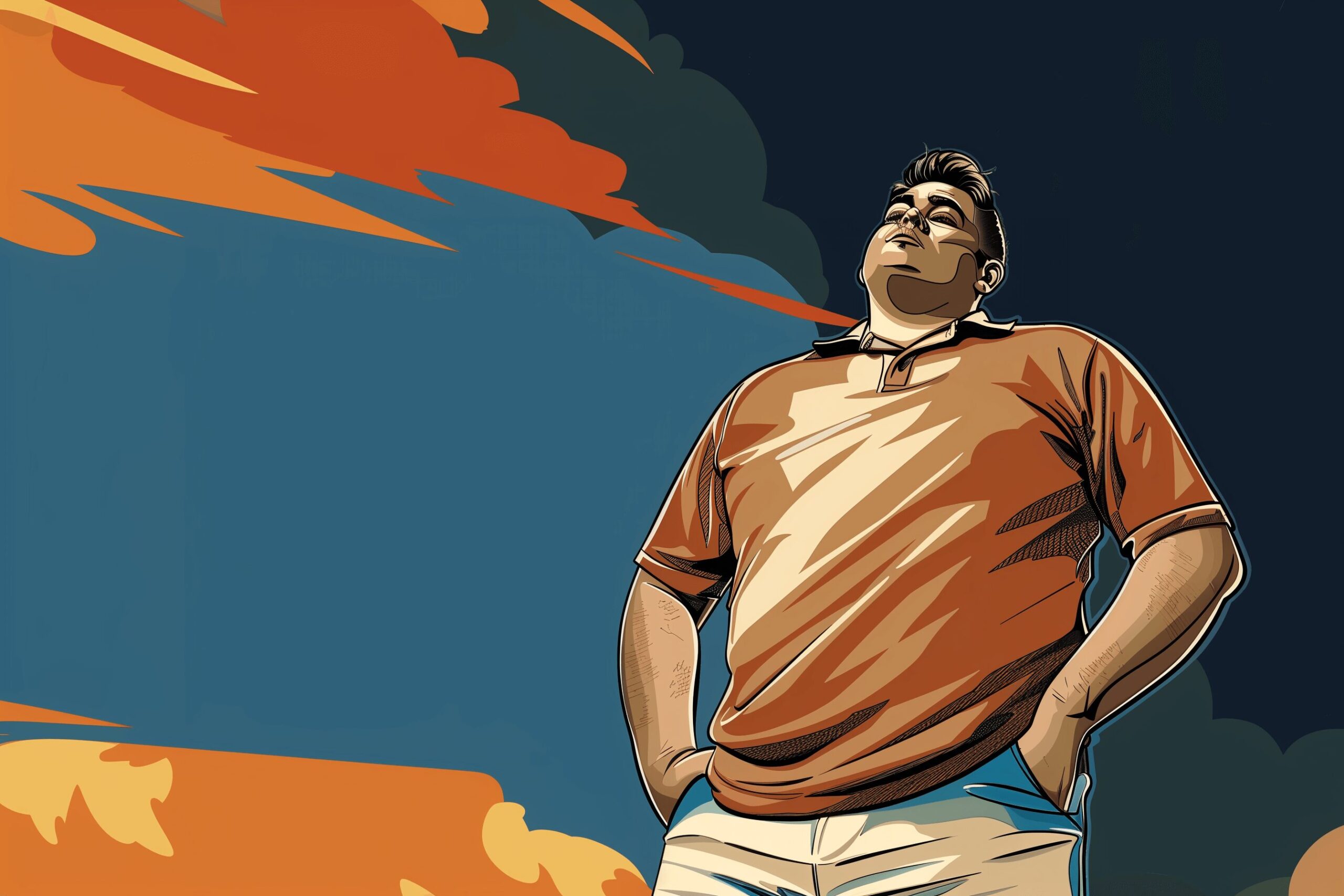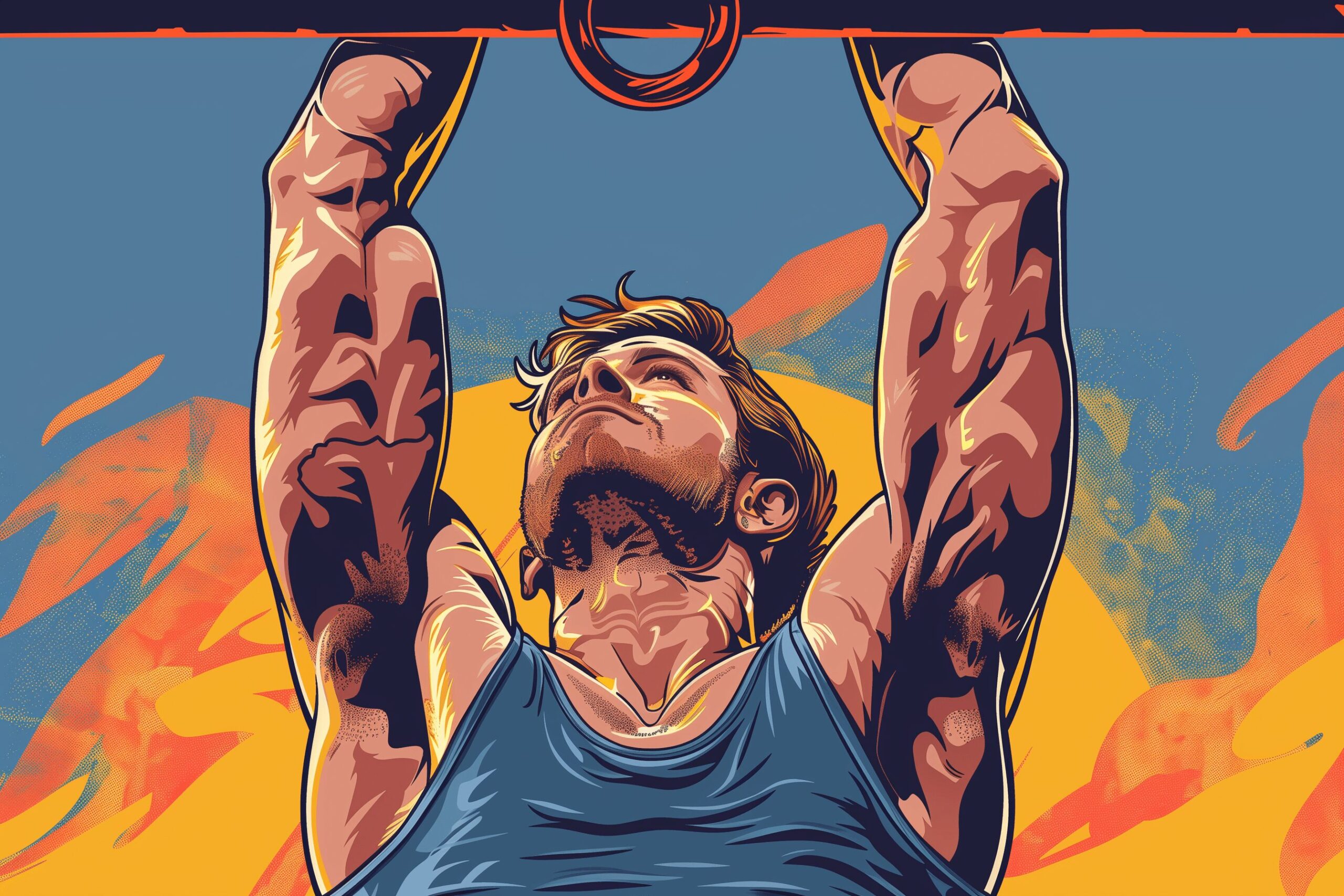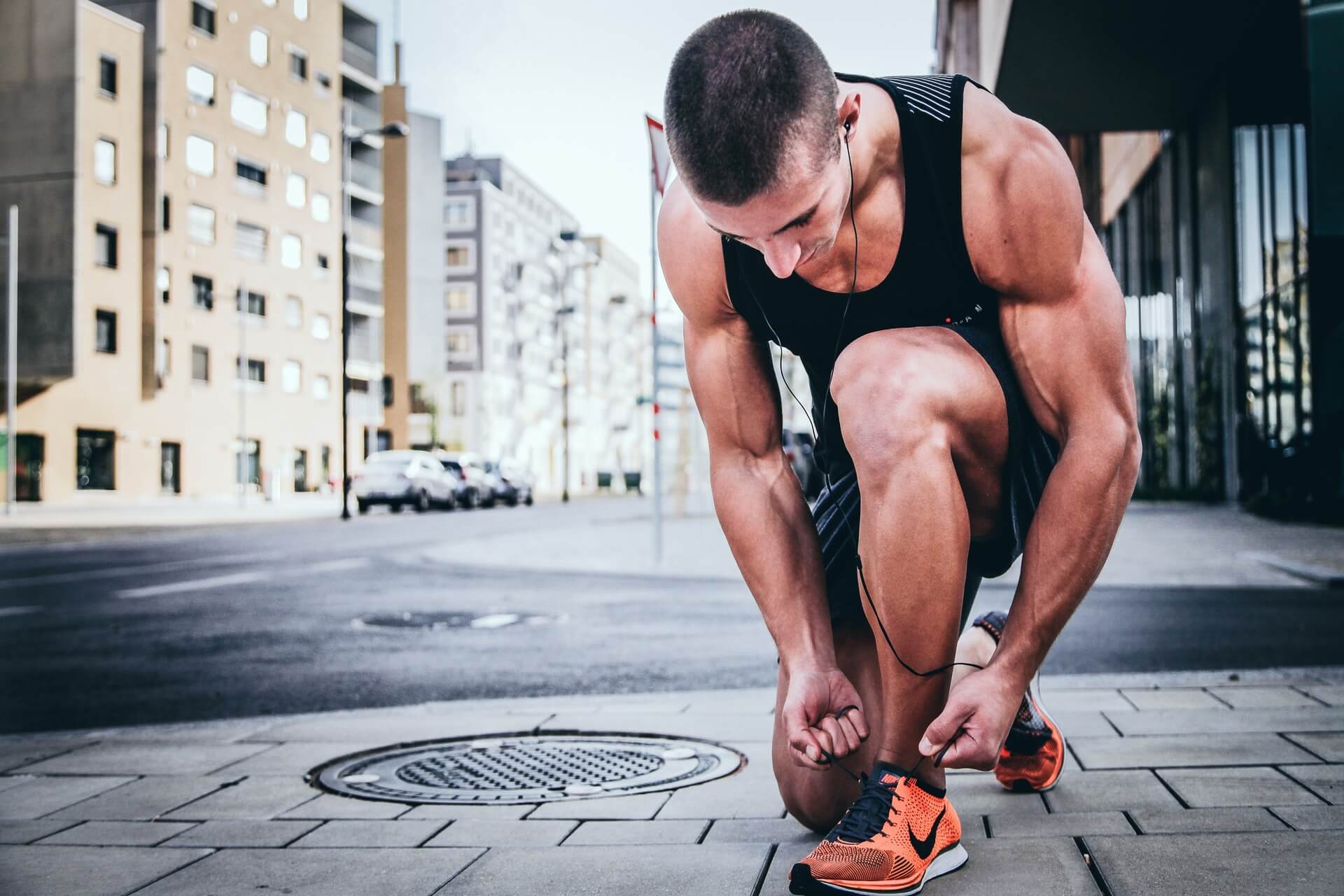8 First Aid Tips Everyone Should Know
Feb 19, 2023
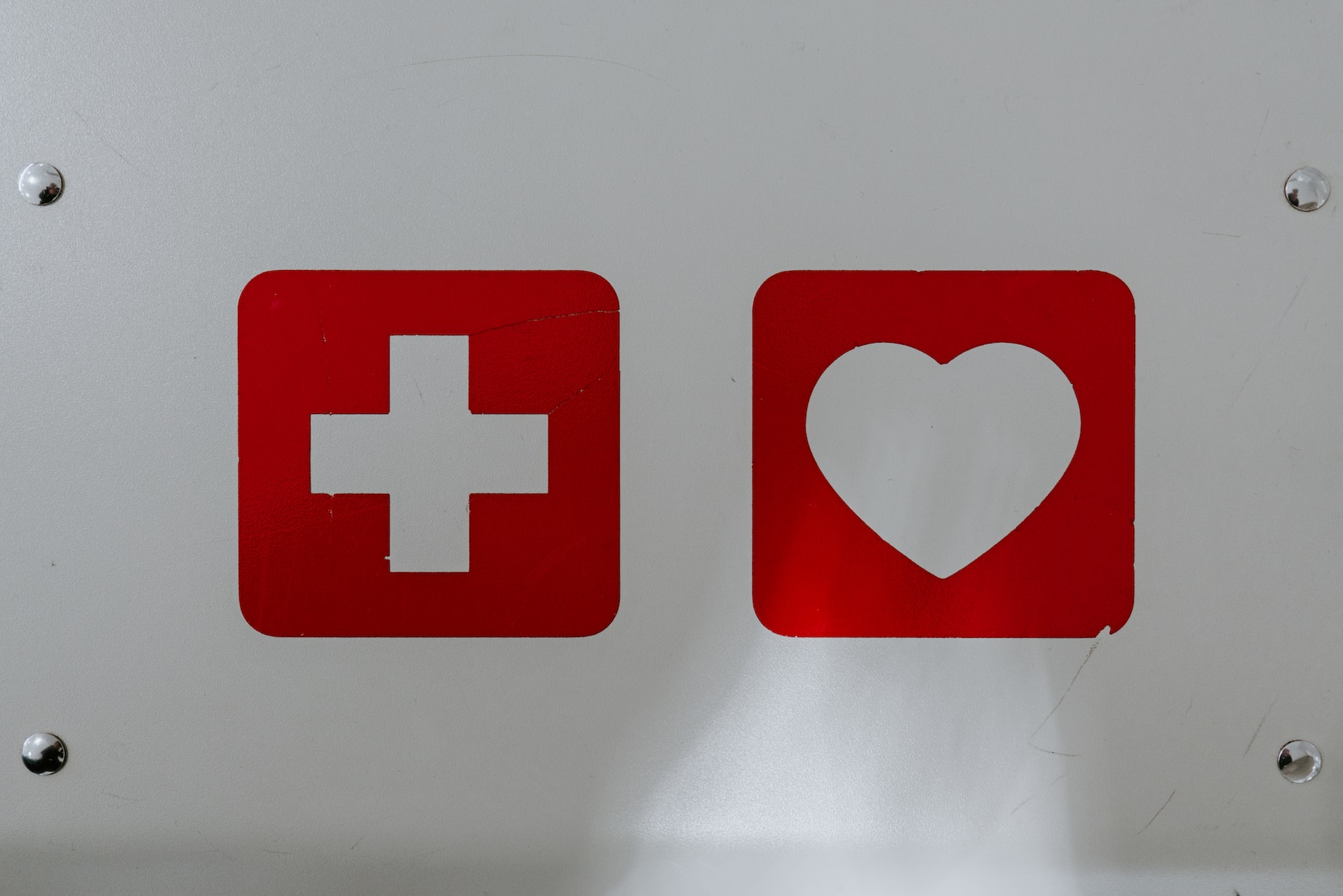
As an Amazon Associate, Modded gets commissions for purchases made through links in this post.
If you had to save someone’s life, could you do it? Those recently taking a first aid course probably feel more comfortable answering this question. Watching someone perform CPR on television doesn’t prepare you for harsh realities, like the possible need to crack a few ribs to keep someone’s heart going. However, knowing what to do in an emergency is essential. Even those who regularly renew their certifications for work purposes sometimes need to brush up on their skills. What should you understand how to do? Here are seven first-aid tips everyone should know.
1. How to Perform CPR
Cardiopulmonary resuscitation or CPR is a lifesaving technique that keeps blood and oxygen flowing to vital organs until paramedics arrive and take charge of the scene. Without it, a person could suffer brain death or organ failure as their blood stops circulating due to heart problems, and they die.
Your first step is to check the scene — don’t put yourself in danger and create more work for rescue personnel. If you’re alone, call 911. If not, direct another to do it by pointing at them specifically and ordering them to do it by saying, “You, call 911.” Otherwise, bystanders may stand idly by, each one thinking another must have already alerted authorities.
2. How to Perform Chest Compressions
Check for breathing and life-threatening bleeding by shouting, “Are you okay,” and tapping the person. If they aren’t responsive or breathing, move them onto a hard surface on their back. These first-aid tips can make or break someone’s life.
Then, perform 30 chest compressions:
- Locate the center of their chest: Find the tip of their breastbone and move up to the center, between their nipples. Open or cut off clothing or bras.
- Position yourself: Your shoulders should be directly above your wrist, and your elbows stay locked. Prepare to push hard if you don’t have a lot of upper body strength.
- Compress: Here’s the tough part. Their chest should compress approximately two inches. It’s not like you see on television — loosey goosey arms won’t do the trick. You may hear cracking. Let their chest rise to normal before compressing again, moving rapidly at a 100 to 120 press per minute rate.
After thirty compressions, it’s time to give two breaths:
- Open their airway: Press your palm against their forehead while using one or two fingers to lift their chin to open their airway. You will have to tilt their head back slightly to open the hose.
- Ensure each breath makes the chest rise: Allow air to exit before repeating the next breath.
- Return to compression: After two breaths, return to chest compressions and repeat this cycle as often as necessary until paramedics arrive.
- Keep going: CPR can be physically exhausting, but you have a life to save. If others are present and able, consider switching off to maintain effectiveness and prevent collapse. Please try to keep going until first responders arrive.
3. How to Stop Bleeding
Bleeding and burns are likely the second most life-threatening situations you may encounter where you must provide first aid. Such wounds can cause excessive blood loss, shock or both.
To stop bleeding:
- Start by applying direct pressure, using a clean cloth, tissue or piece of gauze.
- If the injury occurs to an arm or leg, elevate it above heart level to slow blood flow.
- Avoid tourniquet use unless the bleeding is so severe that you can’t get it to stop.
Blood contact can expose you to pathogens — use gloves if you have them. Otherwise, thoroughly wash your hands after tending to the wound.
Once the bleeding stops, gently clean the wound with soap and water. Apply a triple antibiotic cream and a clean bandage.
Deep wounds, bites and puncture wounds can be dangerous, and any cut can get infected. Remain alert for signs of infection like blood streaking and pus, and seek medical attention for severe cuts or those on your face, which may scar.
4. How to Treat Minor Burns
Burns come in four degrees, first through fourth:
- First degree: The skin is red, painful and dry but doesn’t blister. It affects the skin’s outermost layer — think of a mild sunburn.
- Second degree: These reach part of your skin’s lower level, the dermis. Skin becomes red and blistered and may be swollen and painful.
- Third degree: Third-degree burns destroy the epidermis and dermis, reaching subcutaneous tissues. The site may look white or blackened and charred.
- Fourth degree: These get down to the muscle and bone. Fortunately, there is no pain as the severity destroys nerve tissue.
Third and fourth-degree burns and some second-degree ones always require medical attention. So do chemical and electrical burns. In all cases, remove the individual from the burning source if it’s safe to do so — don’t put yourself at risk. Remove all clothing and jewelry, but keep the person warm.
Cool minor burns with cool — not cold — water. Never use ice or butter or any other substance. Run the wound under water for approximately 20 minutes. Remain aware of shock symptoms and seek treatment if the individual is under ten or has a health condition that puts them at an elevated infection risk.
5. How to Buddy Tape a Broken Digit
Broken fingers and toes happen all the time, and people rarely seek medical attention unless the wound is severe. However, you need to know what these first-aid tips to prevent further injury.
The easiest way to treat a broken finger or toe is buddy-taping it to its next-door neighbor. After cleaning any wounds with an antiseptic wipe or washing and drying, wrap the tape around both digits two to three times. Test to ensure it isn’t too tight by pressing on the tips for a few seconds and releasing. If they fill back up with blood, you did it right, but it’s time to loosen the bandage if they remain pale.
6. How to Care for Strains and Sprains
Sprains and strains also frequently occur. Sprains affect the connective tissues holding two bones together, while strains involve injury to the muscle or tendon connecting it to the bone. You may need to seek medical attention if your pain is severe.
Otherwise, you can remember the RICE recipe. This acronym stands for:
- Rest: Most minor sprains and strains start to improve after two weeks, but you should avoid vigorous exercise like running for as many as eight weeks. Listen to your body.
- Ice: Avoid applying ice directly to your skin. Use a pack or place cubes in a plastic baggie and wrap them in cloth.
- Compression: Wrap the injured area to decrease motion and speed healing.
- Elevation: As often as possible, elevate the injured area above your heart to reduce swelling.
7. How to Treat Blisters
Blisters often occur on your feet but can strike anywhere you have repeated rubbing or mild burns. The most important thing to remember is not to pop — it can lead to infection.
Instead, cover the blister with a clean cloth to prevent further rubbing. Use padding, cutting it into a donut shape and placing it around the blister to keep it from popping. Keep the area clean and dry, and leave the skin on once the blister drains to protect the underlying skin as it heals.
8. How to Perform the Heimlich Maneuver
The Heimlich maneuver should only be used on conscious people who can breathe independently. If choking stops breathing, you may need to perform CPR. Ask the person, “Are you choking?” They might not be able to answer, so let their gasps for air and nods be your guide for first-aid tips.
Then do the following:
- Stand behind the person: Wrap your arms around their waist, placing the thumb side of one closed fist just below their breastbone, about two inches above their navel.
- Sharply and crisply thrust inward and upward: You’ll need to press quite hard, bringing your hands inward and upward until you dislodge the object or the person goes unconscious. If the latter occurs, begin CPR.
You can perform this move on children. Infants under 12 months should receive back slaps. If the person is severely overweight or obese, you may need to attempt the Heimlich on their sternum or help them self-perform the maneuver using the back of a chair as a thrusting surface.
First Aid Tips Everyone Should Know
Could you save a life if you needed to do so? Knowing basic first aid and CPR is a must for emergency scenarios.
Regularly brush up on your skills with these first-aid tips. You may never need them — but it’s comforting to know that you understand what to do if catastrophe strikes.
